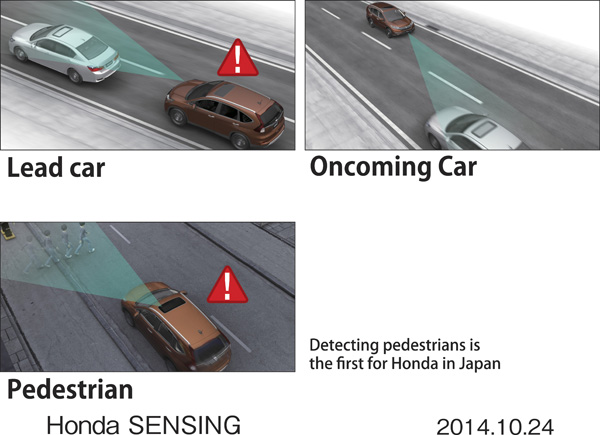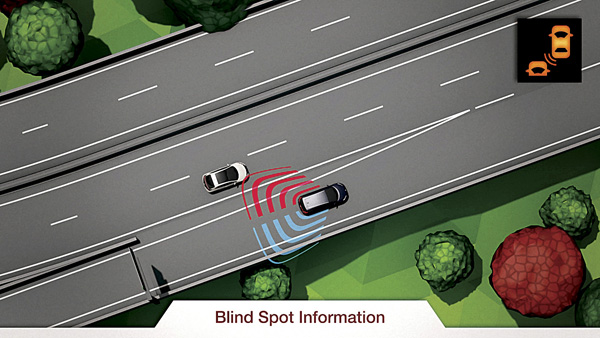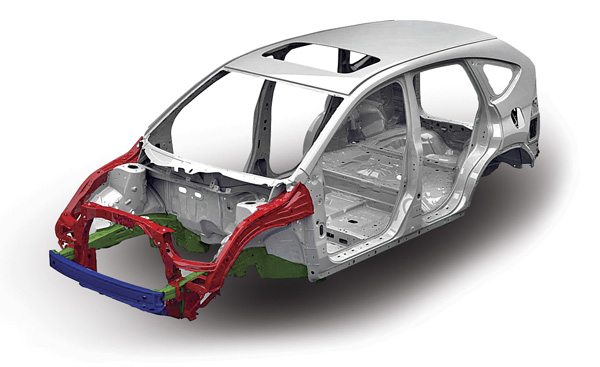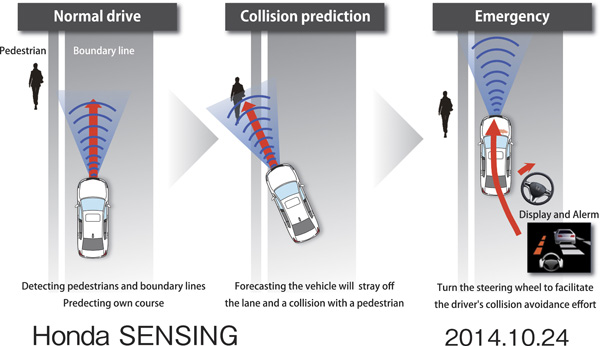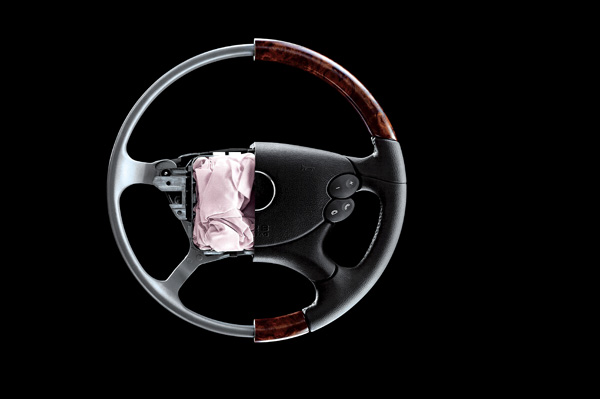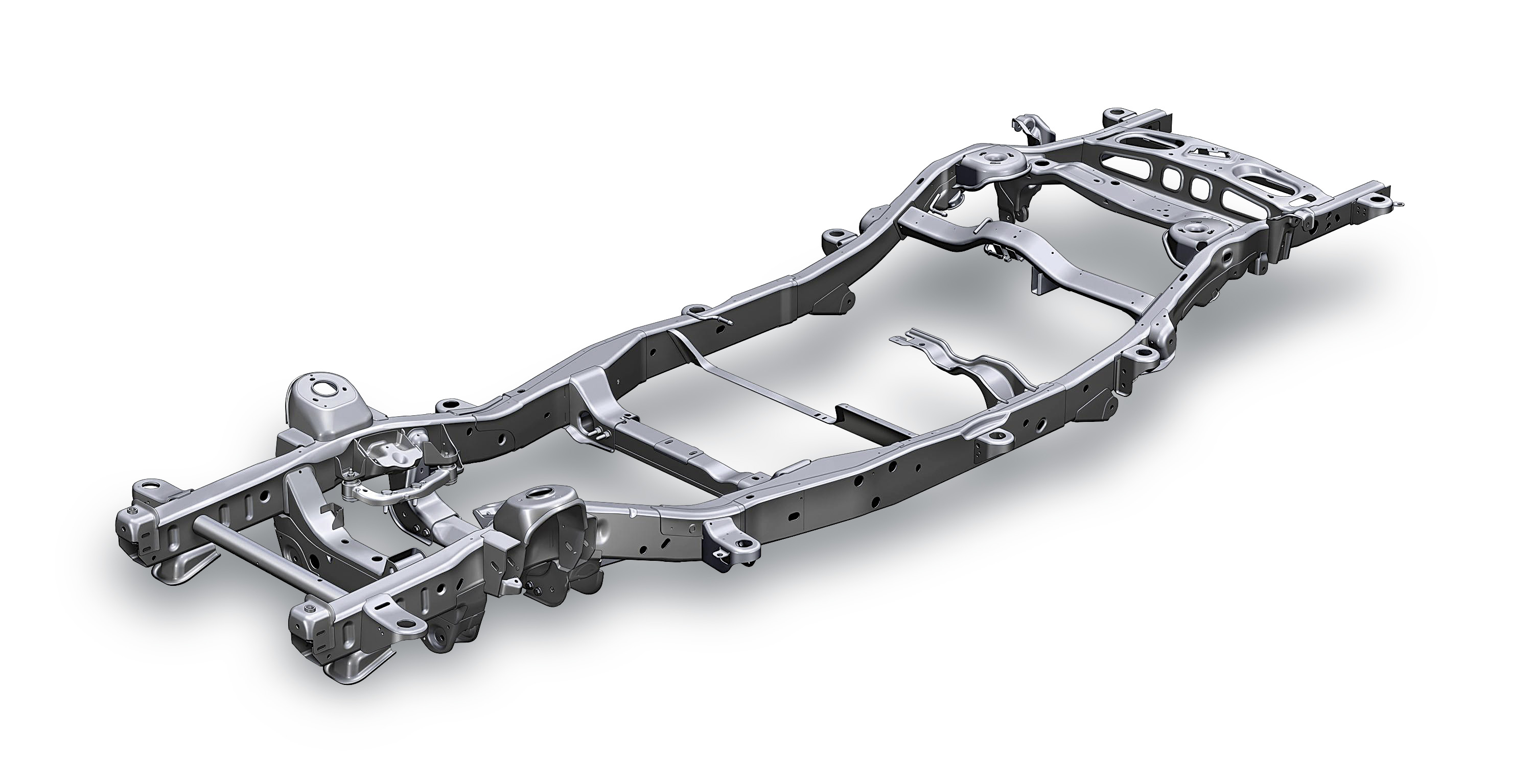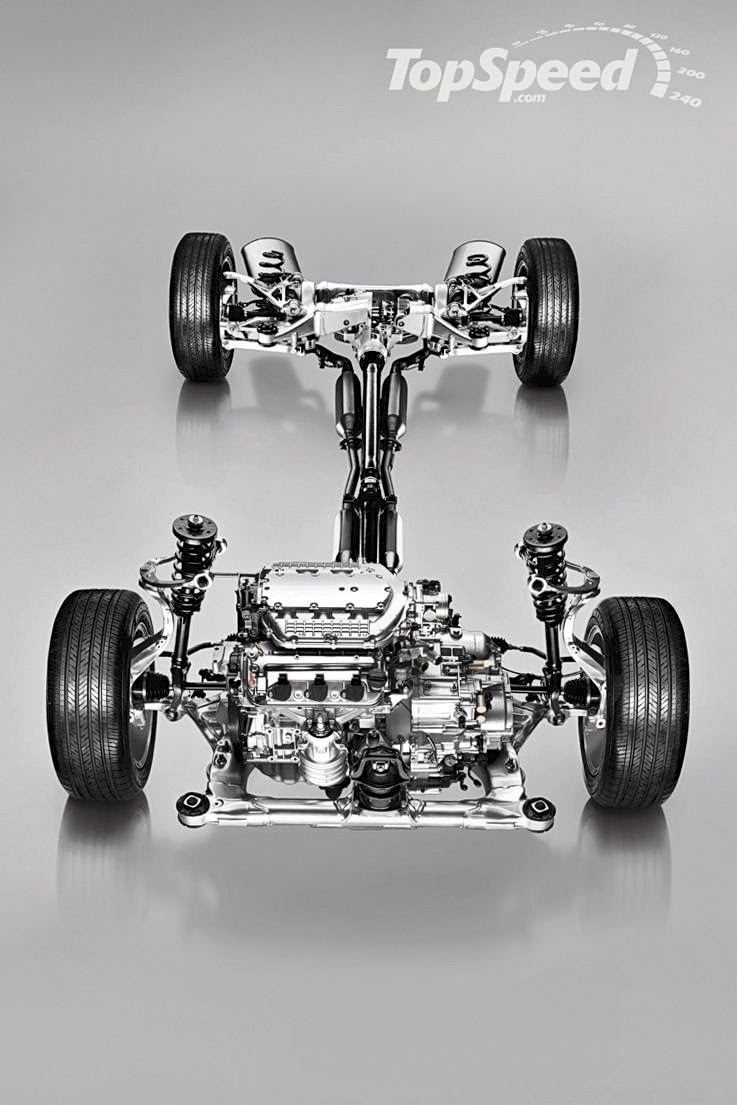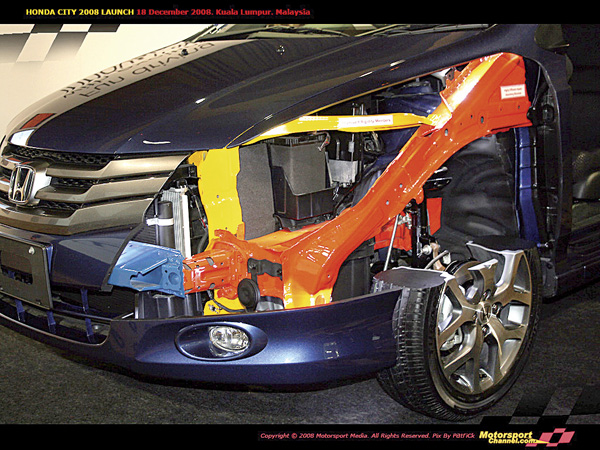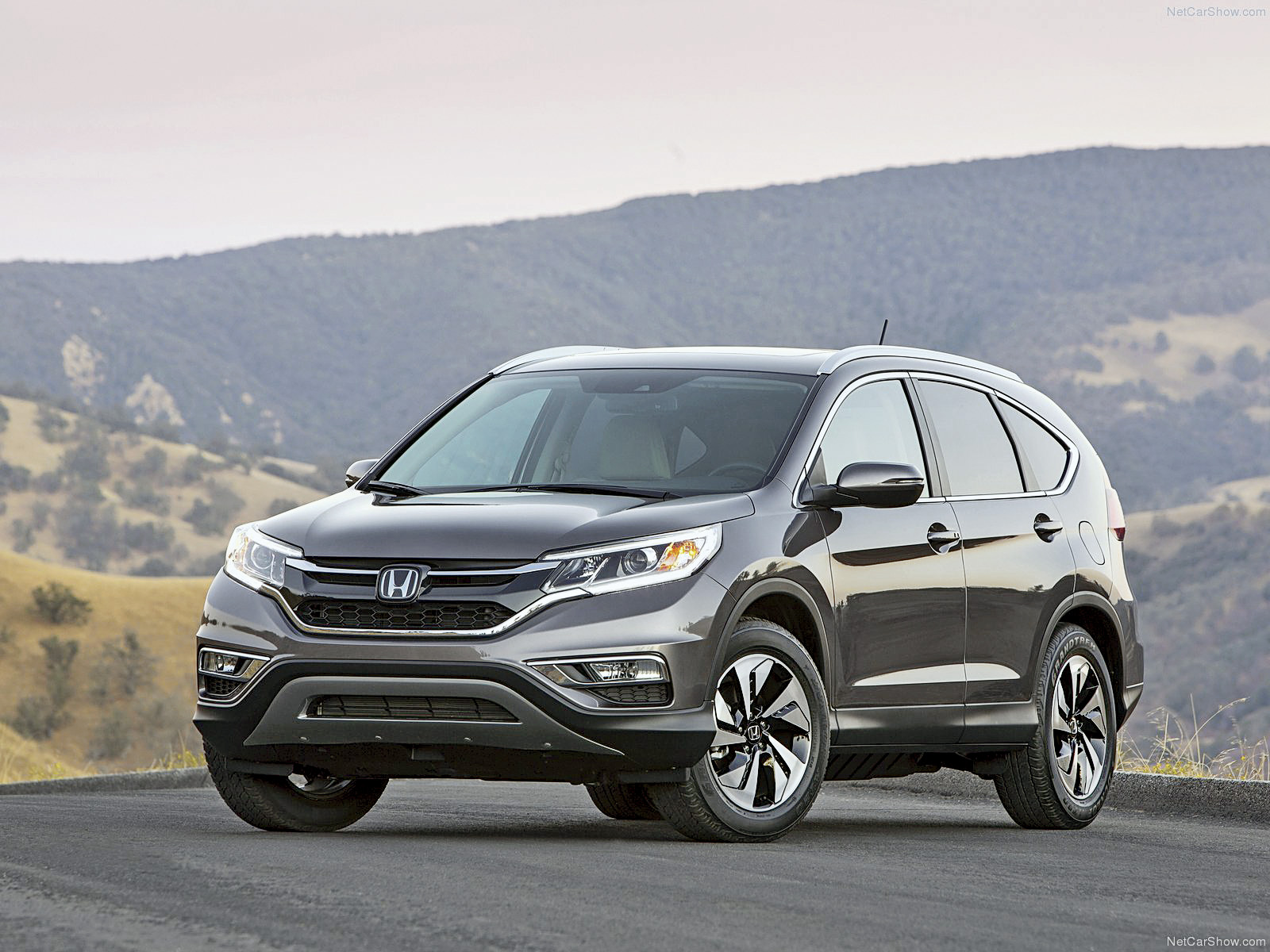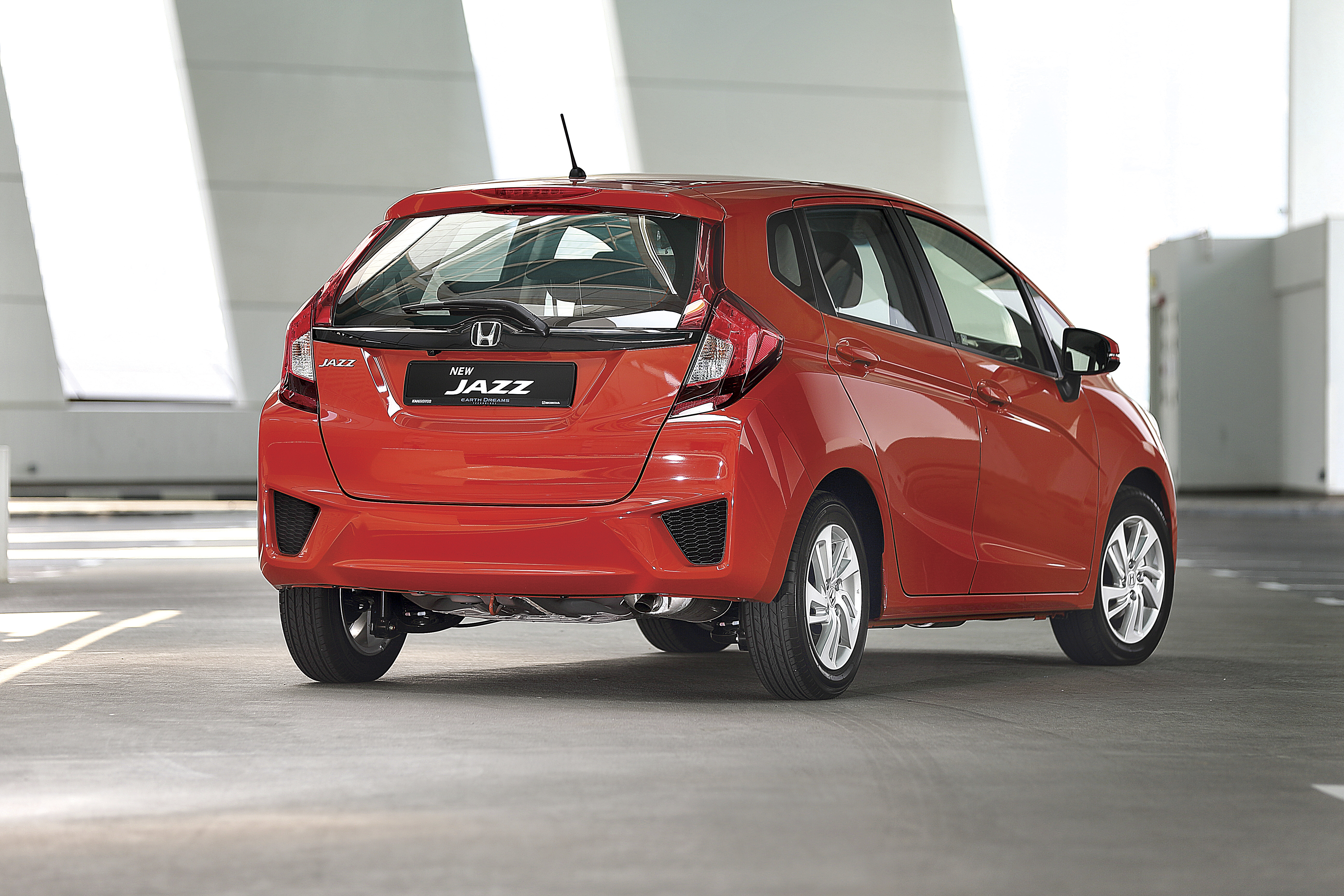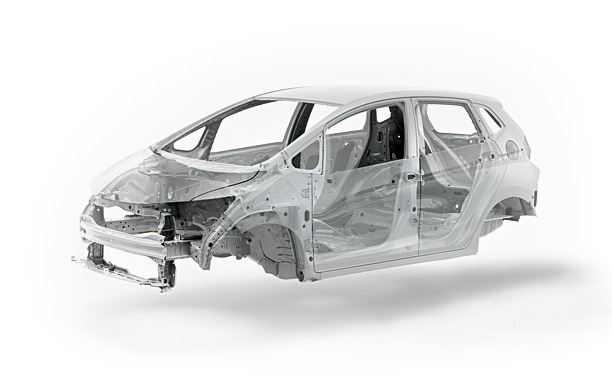Getting design right.
We’re kicking off the series with a piece of technology so advanced that despite numerous efforts, no one has managed to replicate it. It’s called human intelligence. The way we observe, understand, feel and create is incredible. This is why car design is important. Design does more than serve a function. It triggers feelings. It’s how a car transcends rational factors and becomes something emotional. Good design also works by making the car more aerodynamic, which improves its efficiency. Automotive design isn’t limited to just the exterior. A lot of work goes into figuring out the interior as well. Besides being pleasing aesthetically, it needs to perform the functions assigned to it. A lot of variables have to come together harmoniously to create a car design that works. Let’s take a look at how great design is created...
Simple beginnings
It all begins with a pencil and a piece of paper. Sure, computers and computer-generated models are involved, but that comes later. It always starts with a designer sketching on paper. Why? It’s still the best way to capture emotion and spontaneity from a designer’s vision. It brings out form and lines that enhance the car’s aesthetics. Sketches are made not just of the exterior, but of the interior as well.
Every company, though, has its own design language and philosophy which it uses to create cars. A design language or a philosophy comes from specific research on global design trends. Take Honda, for example, which currently follows ‘Exciting H Design!!!’ as its design language under its “Human-centric” “man maximum, machine minimum” design process and principle. What its design language, with the three exclamation marks, means is that its designs will look unmistakably advanced; they will have a tight athletic form with a driver-focused cockpit, and the interior and exterior surfaces will have rich textures and a lot of visual drama. In India, the application of this design direction began with the new Honda City and will soon be followed by the Honda Jazz.
Giving it form
Once the concept has been finalised, the designers move on to make a real-size 3D model of the concept. This is done because there may be some design issues that may not show up on the sketches, in computer-generated models or in scale models. Obviously, a number of scale models could also be made first to investigate form and design. The real-size physical model is usually made from clay. Clay, we know, is easy to mould, easy to cut and it’s also easy to add more if required. A clay modeler uses the designers’ renderings to make a detailed full-size sculpture of the concept.
Looking in
While there’s a team of designers working on the exterior, there’s another team working on the interiors, colours and trims. This team works to make sure that the space inside is appropriately proportioned and focused towards providing the best possible experience to the occupants.
There’s usually a special focus given to the ergonomics of the driver’s cockpit, to ensure that whoever is in command of the vehicle has an exceptional experience. Some companies like Honda even ensure that the layout of the buttons and functions around the driver feels intuitive so that the driver can focus on driving rather than wonder where the volume control is.
At the same time, the designers also look at what materials they can use on the inside of the car. Extensive research is done to ensure that the textures, colours and materials offer the best possible experience.
Enabling mass production
Concepts are only valuable if they can be mass produced in a factory. They need to be viable in the real world. Therefore, the designers and engineers come together to examine the concept from a mass production point of view and conduct a detailed study to figure out whether manufacturing the design and all its components would be feasible in a real world scenario. Materials, for example, have seen a shift towards lighter and stronger metals like aluminium, which is about a third of the weight of steel. Together, they work out all the kinks, if any, and finalise the design.
Building a model
Once again, all designers and engineers get together to create a fullscale mock-up of what the final car will be like. Every actual part, from the windows to the interior surfaces, textures and trims, that’s supposed to go on the final production model is used in this fullscale mock-up. They go into such detail that just by looking at it, from the outside or even the inside, no one would be able to distinguish between a fully functional car and this model. Of course, there’s no engine, so it won’t run. Another aspect seen here would be the scalability of the design platform. The feasibility study may possibly generate the idea of creating multiple cars on the same platform. Platforms like the Modular Front Architecture (MFA) or even the Modular Transfer Matrix (MQB) allow designers to create hatchbacks, sedans, MPVS and even crossovers on the same base. These platforms are lighter, stronger, leading to a better driving experience while maximising efficiency, thus saving money.
A new team is usually brought in at this point. Representatives from sales, marketing and PR are called in so that they can start discussing communication strategies for when the vehicle will finally go into production. Obviously, there’s still a long way to go from here.
Analysing the data
All the data from the fullscale mock-up is measured, collected and fed into a system to be converted into three-dimensional data through a process called “class A surfacing”. At this stage every tiny detail is considered. An example of how detailed and precise this study is should be the unit of measurement used here — microns. And one micron equals 0.001 millimetres. After a long evaluative process, a design is finally sent on for production. Sometimes, though, it doesn’t pass this stage of inspection and the whole process starts again from scratch.
Even though the process may sound dreary in stages, the joy that comes from the act of creation cannot be compared. The results also have enthralled millions. It’s undeniable that there’s something special about a car that’s been designed well. It can attract, turn heads and make you reach out to touch it. It’s something that’ll make you want it and make you proud if you own it.
























